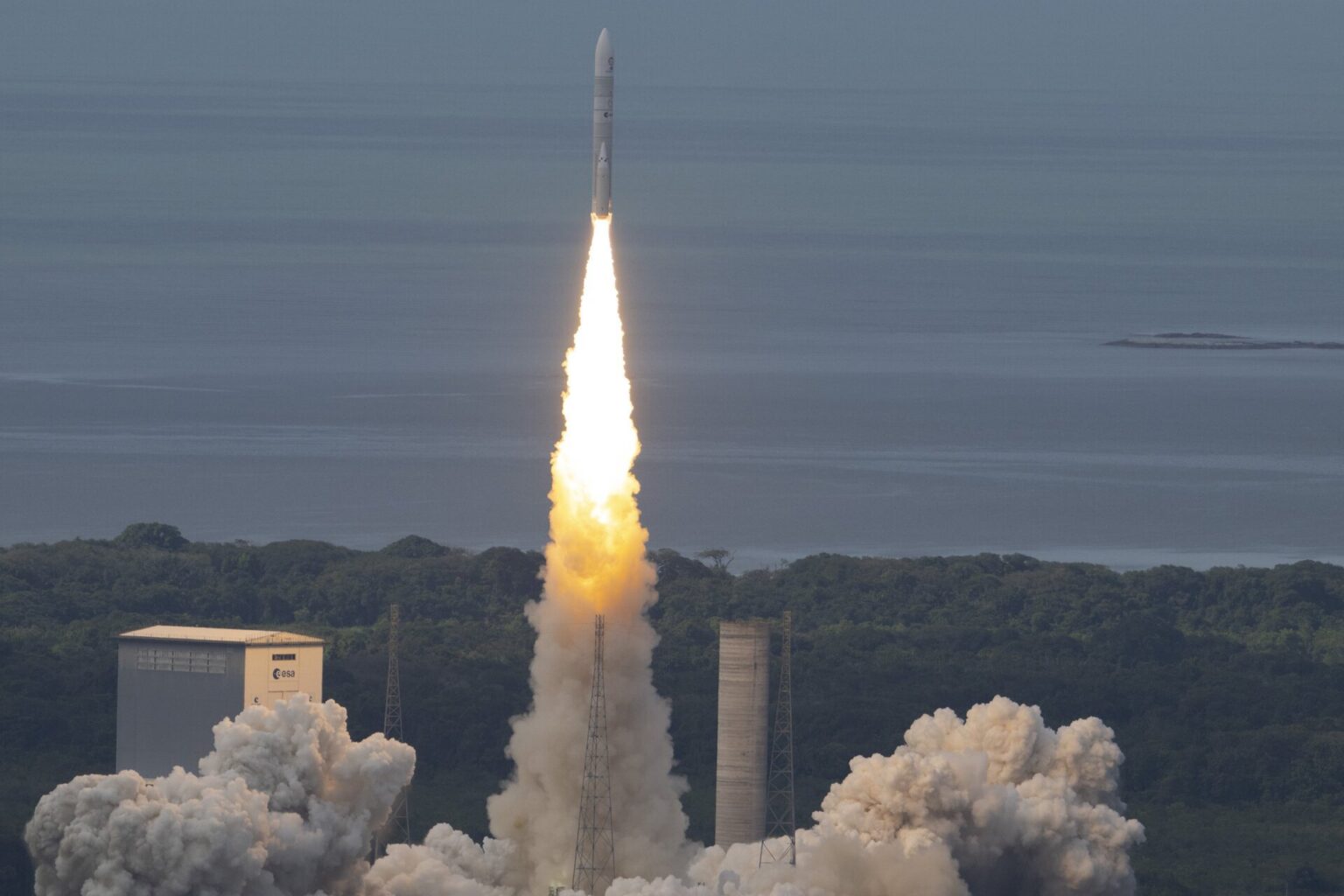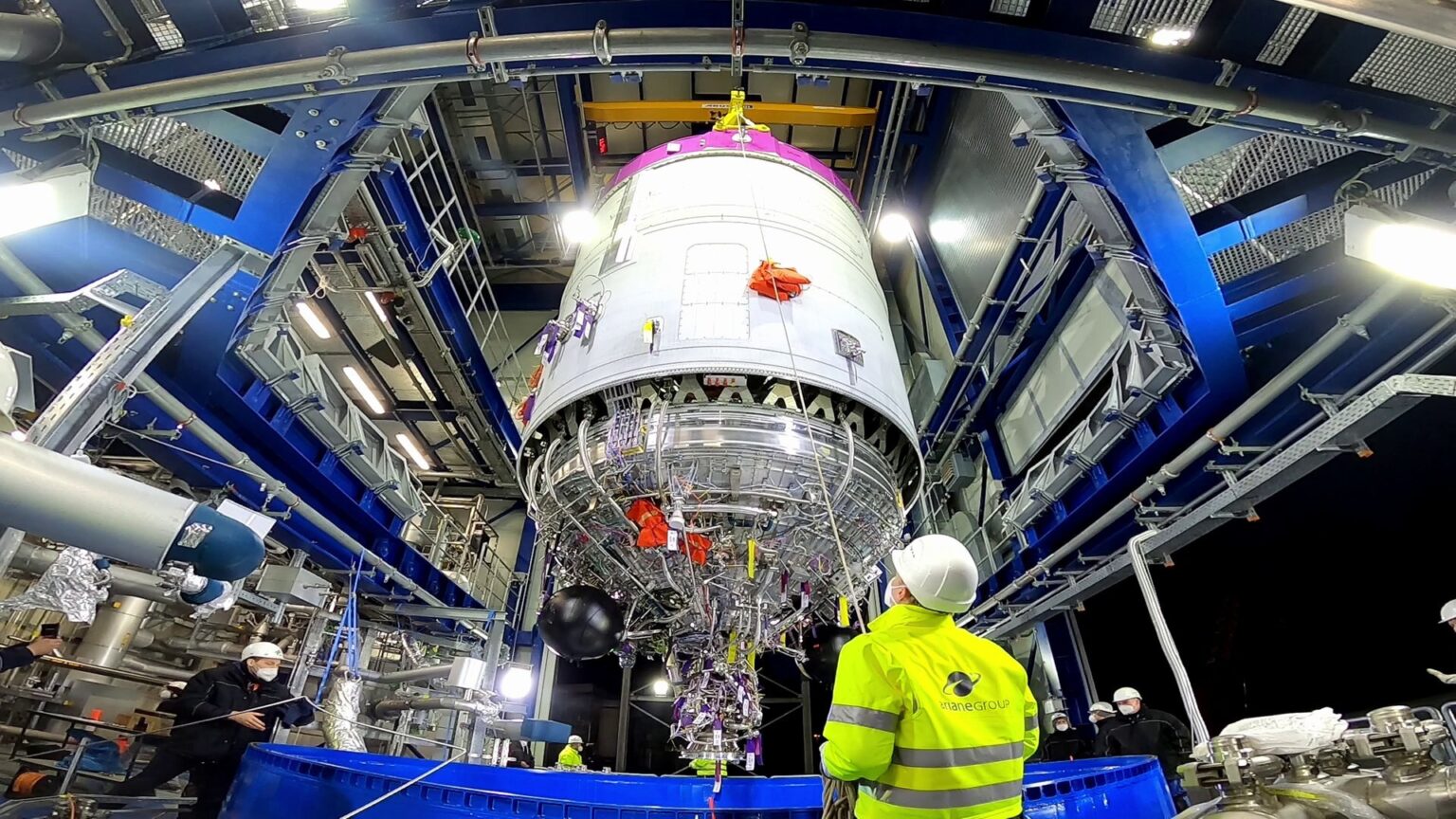On July 9, ESA and Arianespace launched the new Ariane 6 rocket for the first time. It successfully placed a cargo into the target orbit. However, the end of the mission was marred by a malfunction that resulted in the upper stage of the rocket becoming space junk.

Ariane 6 was launched from the Kourou Spaceport in French Guiana. After separation of the side boosters and the first stage, the upper stage with a payload of nine CubeSats entered an intermediate elliptical orbit around the Earth.
Engineers then restarted the Vinci engine installed on the upper stage. This allowed the stage to enter a 600-kilometer orbit around the Earth, after which the payload separation process began.
Unfortunately, the mission was overshadowed by a failure that occurred at the final stage. The flight plan called for the upper stage of Ariane 6 to activate its engine once again in the final stage and move to a trajectory that would ensure controlled sinking in the South Pacific. Before re-entry, the stage was also supposed to jettison two capsules participating in an experiment to test the technologies and materials needed to return cargo from space.
However, due to the failure of the low thrust engine, the upper stage of Ariane 6 was unable to perform the planned maneuver and remained in space. Later, ESA representatives confirmed that they would not be able to deorbitalize it. Thus, the stage became a piece of space debris. It is currently unknown how long it will take to re-enter the atmosphere.

At a press conference after the launch, representatives of ESA and Arianespace tried to downplay the significance of the incident, saying that it did not affect the success of the mission and that the next Ariane 6 flight would take place by the end of 2024. However, it is worth noting that a significant amount of fuel is likely to remain in the tanks of the stage that remained in orbit. This creates a risk of an explosion that could lead to the formation of a large number of fragments. Given that ESA has recently adopted the Zero Debris Charter, such an event will clearly not have the best effect on the space agency’s reputation.

